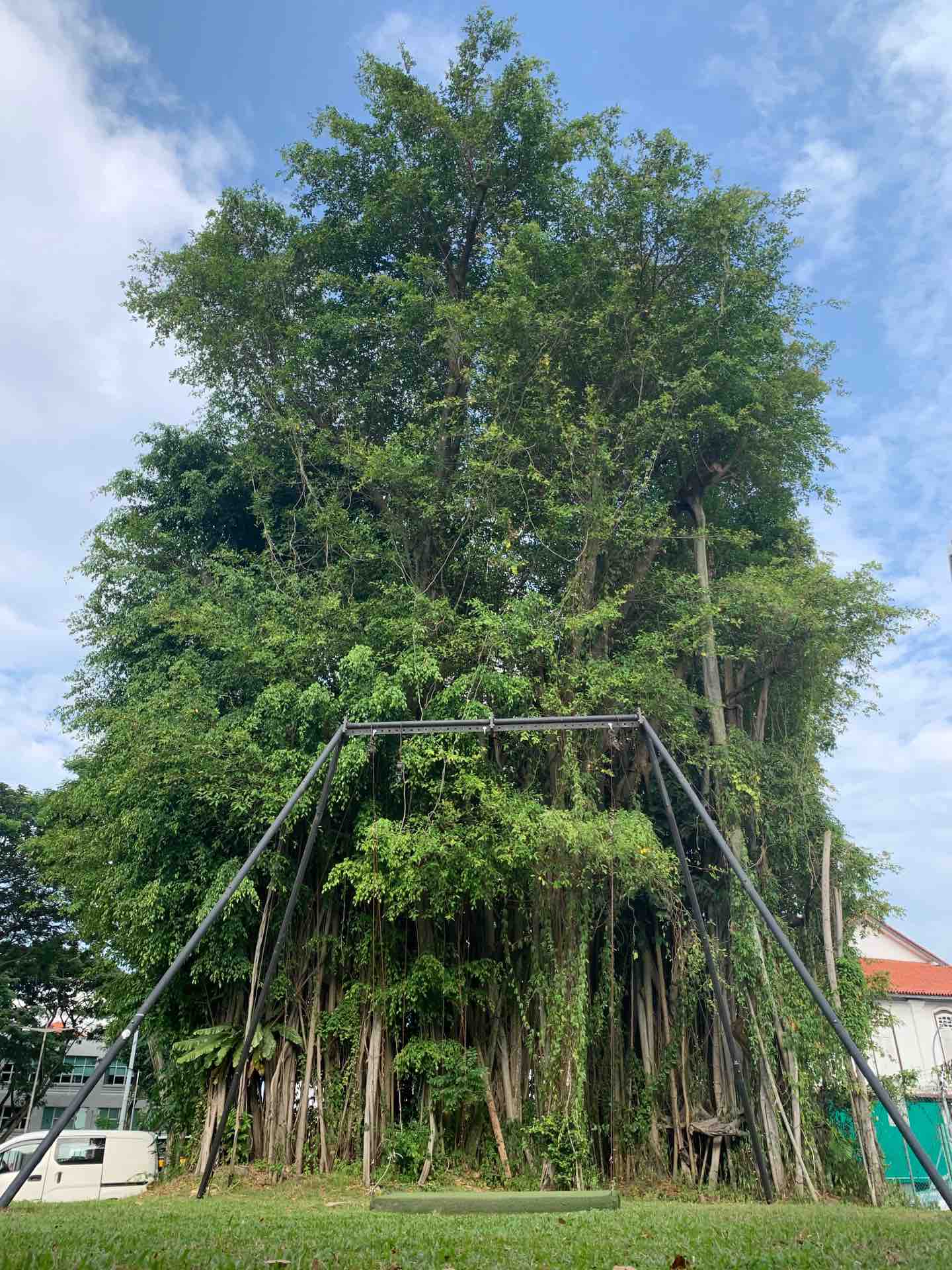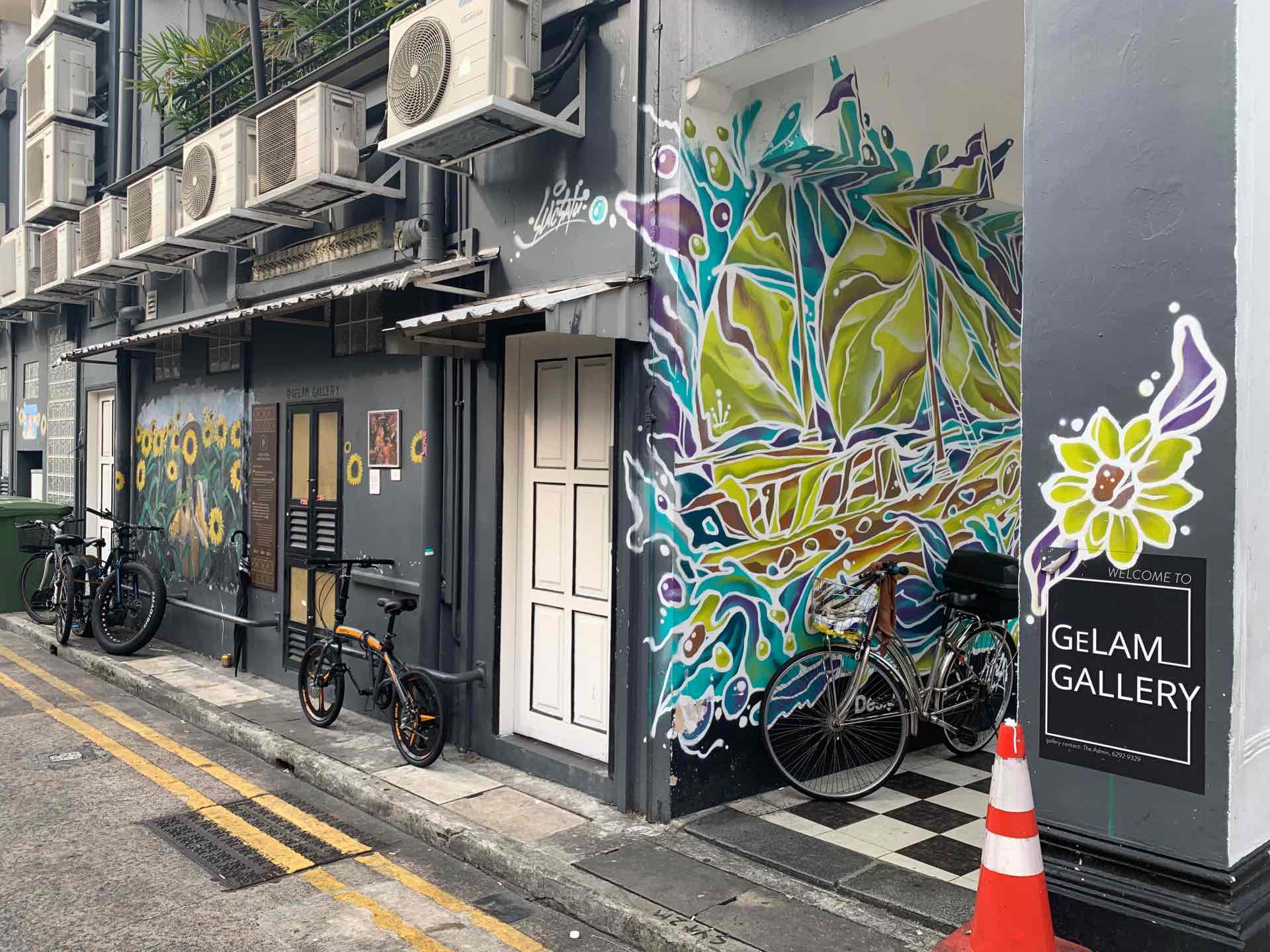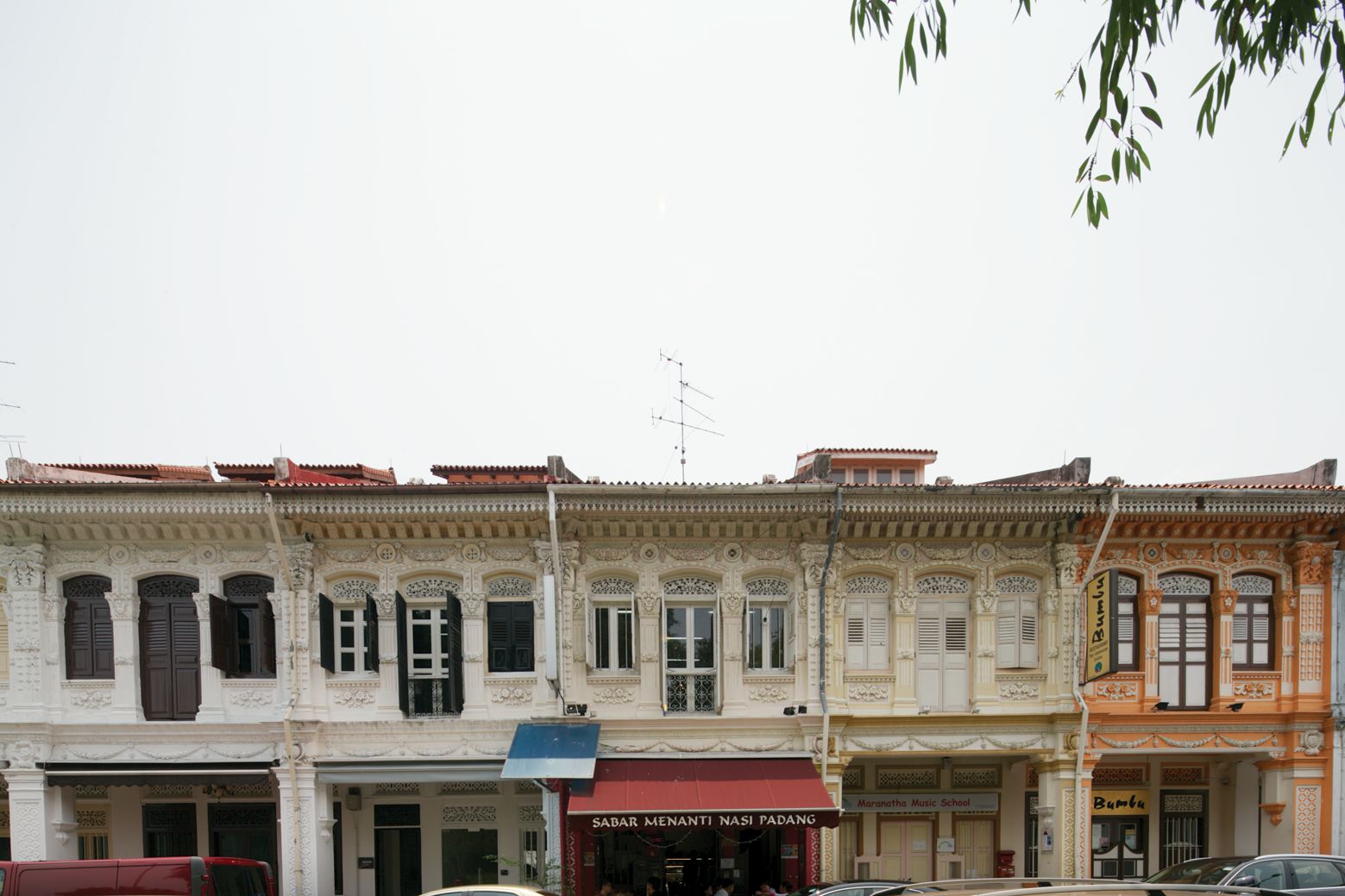Adventures at home: Let's rediscover Kampong Glam


Kampong Glam was once the home of Malay royalty (Really! Details below.) Today, it has become one of Singapore’s most colourful districts, where cultural buildings stand alongside trendy stores, and age-old eateries remain busy along streets lined with vibrant street art.
You probably know your way around famous hipster hangout Haji Lane like the back of your hand, but did you know that Kampong Glam was once the pilgrimage hub of the region, where Malay devotees from all over congregated before heading to Mecca for the Haj?
Thanks to the National Heritage Board’s Kampong Glam Heritage Trail, you can rediscover this heritage neighbourhood where it's unequivocally hip to be old.
[embed]https://www.instagram.com/p/CMOWUY7lsAC/?utm_source=ig_web_copy_link[/embed]
Begin your journey at the Malay Heritage Centre (free entry for Singaporeans and PRs, so why not?) The six permanent galleries chronicle the rich culture and history of the Malay community in Singapore. There are also educational classes and cultural shows happening throughout the year.
Where the Malay Heritage Centre stands today was where Malay Royalty used to stay – it was previously referred to as Istana Kampong Gelam ("istana" meaning "palace" in Malay).
The current building was commissioned by Tunku Ali, the son of Sultan Hussein Shah (first Sultan of Singapore) in 1840. Their descendants continued to stay here until they relocated in order to make way for the Malay Heritage Centre.

If you ever feel lost walking along Kampong Glam’s streets, just look up and look for Masjid Sultan’s majestic golden dome to get your bearings.
The mosque, built in 1824 by Sultan Hussein, is our island’s biggest and most prominent religious building. Gazetted as a national monument in 1975, the mosque welcomes visitors for tours except when there are Friday prayers.
For best photos of Masjid Sultan, strike a pose at Bussorah Street or search for the granite arches at Sultan Gate – the view of the mosque from there is Insta-worthy.
Leaving Masjid Sultan, you’ll find the bustling Bussorah Street known by former residents as the heart of Kampong Glam. Previously known as Sultan Road, it was renamed Bussorah Street in 1910 after a city in Iraq.
There's plenty to shop here, like the hand-painted plates from Habib Crafts and clothing pieces from JNA Creationz.
[embed]https://www.instagram.com/p/CVbBXEfBlh3/?utm_source=ig_web_copy_link[/embed]
You must try what some claim to be the best teh tarik and teh halia in town at Bhai Sarbat. Co-founded back in 1977, this stall can't be missed – just look out for the crowd and long queue. If you’re coming after dinner, Bhai Sarbat is the perfect way to end off the night.
Traditionally in April, this street becomes a bustling Ramadan bazaar with plenty of food and a pretty chio light show. Let's hope the Covid sitch improves by 2022 to allow for this!

[embed]https://www.instagram.com/p/CLoel40FgGl/?utm_source=ig_web_copy_link[/embed]
Across North Bridge Road, you’ll find dozens of cars parked along the road – all waiting for their dabao order of briyani and murtabak from Zam Zam.
What other restaurant do you know of that has been opened since 1908? Even Malaysians come here for Zam Zam’s Hyderabadi briyani, where the meat is cooked together with the distinctive orange basmati rice.
[embed]https://www.instagram.com/p/B0dEn62hyi4/?utm_source=ig_web_copy_link[/embed]
Started in 1933, Jamal Kazura Aromatics is one of the oldest surviving businesses at Kampong Glam. They specialise in Attar, a non-alcoholic perfume made with natural essential oils distilled from flowers, herbs, or spices.
Third-generation Johari Kazura runs offshoot brand Sifr at 42 Arab Street, where he creates customised perfumed blends and experiments with new olfactory ideas.
[embed]https://www.instagram.com/p/q3ht8GBTT7/?utm_source=ig_web_copy_link[/embed]
The Aliwal Arts Centre is a dedicated arts space with a focus on performing arts. In the past, this was the former site of the Chong Cheng School (for boys) and Chong Pun Girls’ School. The art deco style building was completed in 1938, and former President of Singapore, Ong Teng Cheong used to study there. The URA conserved this building in 2011.
ALSO READ: Adventures at home: Let's rediscover Jurong
Today, it is home to art galleries and various live arts performances. And if you’re interested to learn a new dance, SwingStation hosts Lindy Hop classes weekly at the centre. It’s a dance with plenty of room for individual styling and expression – let the artist-duo 8EyedSpud tell you more.

Nestled between Aliwal Street and Kandahar street is a little hideaway park with gelam trees – including this sibeh massive tree you can pose for photos on a swing.
Kampong Glam was named after the gelam tree, prized for its many uses way back in the past. The timber was used to make boats, while the fruit was used for food seasoning. The oil from its leaves was part of traditional Malay meds, made and sold in Kampong Glam.


Head to the back alleys of Muscat Street to find Gelam Gallery, the first outdoor art gallery on our little red dot. More than 30 Insta-worthy street art and wall murals were painted by local and foreign artists. Which is your favourite?

As you jalan-jalan along the trail you’ll notice the terraced shophouses that line the streets of Kampong Glam. Not only do they make great Insta-photos, a keen eye will make out that they are also slightly different in design depending on the year they were built.
The ones along North Bridge Road were the earliest, and were built between 1840 and 1900. Even older than chor chor!
If you’re interested to explore the rich history of Kampong Glam, you can follow NHB’s Kampong Glam Heritage Trail. Get your trail map and guide here.
Also check out the Visit Kampong Gelam website for all the latest events and happenings in the neighbourhood.
ALSO READ: Adventures at home: Let's rediscover Tiong Bahru
This article was first published in Wonderwall.sg.